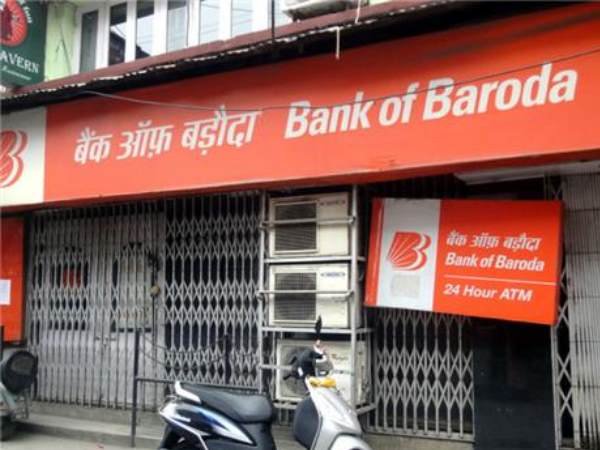The Pradhan Mantri Jan Dhan Yojana (PMJDY) should be scaled up to the next level to provide access to formal credit and push digital transactions further, according to experts.
Launched under the National Mission for Financial Inclusion in August 2014, the Jan Dhan scheme has now been labelled as the largest financial inclusion scheme in the world, with over 42.3 crore no-frills accounts (beneficiaries) and a total balance of ₹1,44,169 crore as on May 12.
Of the total beneficiaries, about 28 crore are from rural- and semi-urban areas and over 50 per cent are women.
The flagship scheme of the Centre has resulted in almost every household having access to formal banking services, along with a platform for availing low-value credit, insurance and pension schemes, and a delivery channel in emergency situations such as the Covid-19 pandemic.
Notwithstanding these gains, it is the need of the hour to scale up the scheme to the next level to reap complete benefits of financial inclusion and digital advantages achieved so far.
Digital push
“With Aadhaar and minimal documents, the digital identity is established for the creation of Jan Dhan accounts,” D Janakiram, Director, Institute for Development and Research in Banking Technology (IDRBT), an arm of the RBI, told BusinessLine. Once the bank account is linked to the UPI (unified payment interface), this enables mobile payments with a number of third-party apps, including Google Pay.
“The sheer convenience of cashless payments using mobile phones has enabled a large number of people to adopt digital payments during the pandemic. UPI has witnessed manyfold increase in terms of the number of transactions in recent times, touching a few billion transactions per month,” said Janakiram.
First objective
According to Janakiram, the Jan Dhan scheme has achieved the first objective of creating digital identity, but there is a need to scale up the digital infrastructure to reduce costs per transaction. At the moment, the number of ATM withdrawals for these accounts is kept at four in a month, which leads to heavy cash withdrawals and cash transactions. “If there is no limit for ATM withdrawals in a month (which can happen only when costs per transaction reduce drastically, which will need technology adoption, including cloud adoption), speculative cash withdrawals will reduce,” he observed.
“The economy also needs to move from financial inclusion to financial empowerment, which means we need to transform Jan Dhan accounts into Jan Dhan Vriddhi accounts with access to credit and digital infrastructure to monitor and model risk,” Janakiram added.
Credit access
A research study undertaken by Prasanna Tantri, Executive Director, Centre for Analytical Finance, Indian School of Business, also underscores the need to take the scheme to the next level.
“My research has shown that the programme has made a significant positive difference to the economic lives of the poor. The movement of account balances during the pandemic shows that poor households have used these balances during difficult times. In the next stage, the government should focus on improving access to formal credit to the poor,” said Tantri.
As per the structure of the scheme, PMJDY beneficiaries in the age group of 18-65 are eligible for an OverDraft (OD) of ₹10,000.
However, no information is available about the status of overdrafts. The government also announced a group loan scheme for PMJDY beneficiaries a couple of years ago.
“I am not sure about the status of those loans. Instead of focussing on newer plans to push credit, the government will do well to make sure that the information about PMJDY accounts is made available to credit bureaus and, more importantly, to the emerging fintechs,” said Tantri.
There is rich information in the transaction pattern, the nature of the transactions, the quantum of balance, the sources of funding, and the timing of transactions, which will enable the development of a credit score for PMJDY account holders.
The government may take the initiative in this regard by asking credit bureaus to work on it. Once a score is developed, formal private credit is likely to follow, said Tantri, adding that the 44 crore PMJDY beneficiaries could serve as an attractive market for fintechs.
Financial education
The government can also think of a financial education programme for PMJDY beneficiaries. It appears there is a permanent component of savings in savings accounts. The savers can earn more by converting some of the balances into fixed deposits.
According to RBI Governor Shaktikantha Das, financial inclusion in the country is poised to grow exponentially, with digital-savvy millennials joining the workforce, social media blurring the urban-rural divide, and technology shaping the policy interventions. Going forward, there needs to be greater focus on penetration of sustainable credit, investment, insurance and pension products by addressing demand-side constraints with enhanced customer protection, said Das in a speech in December 2020.


















